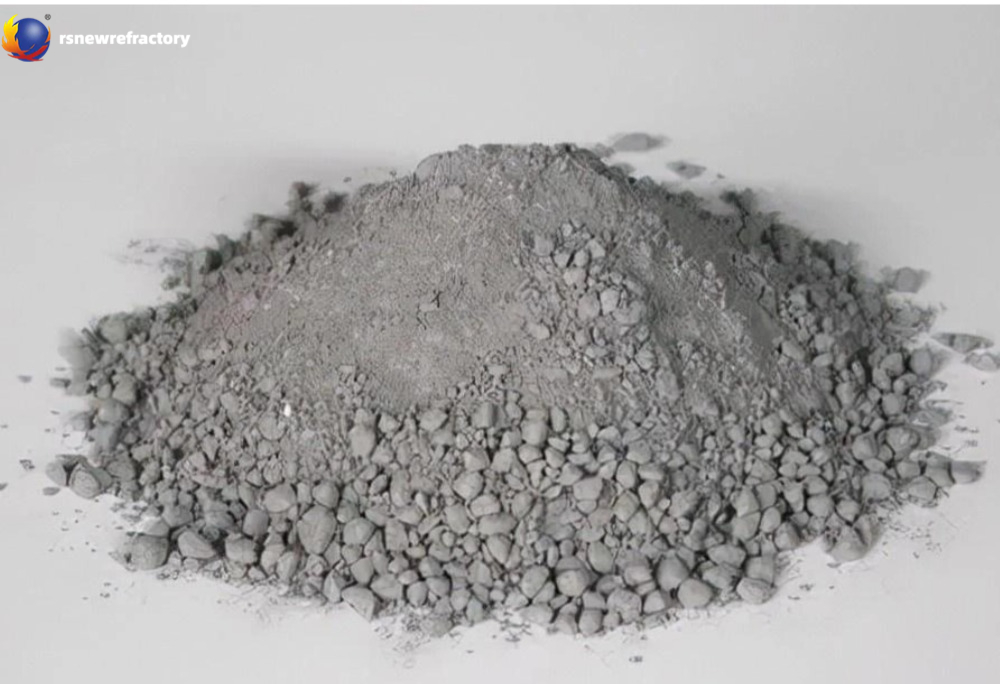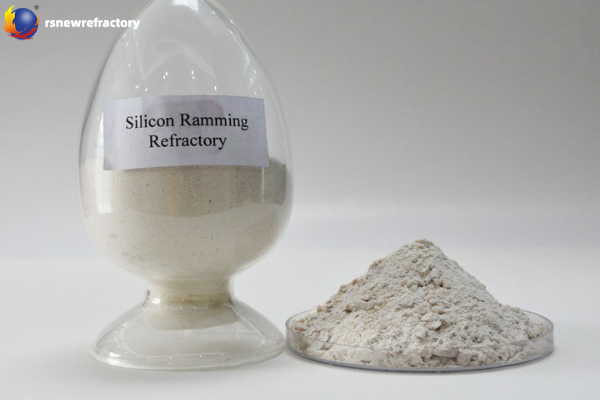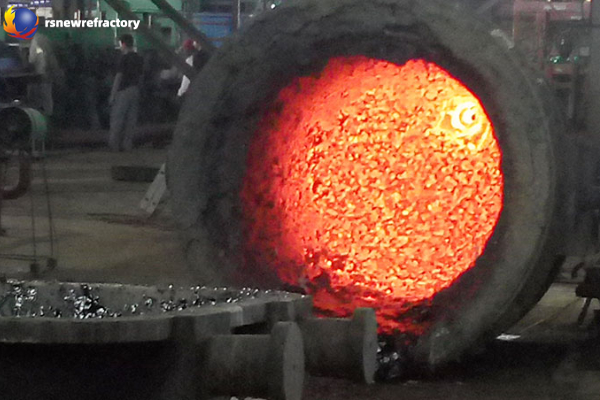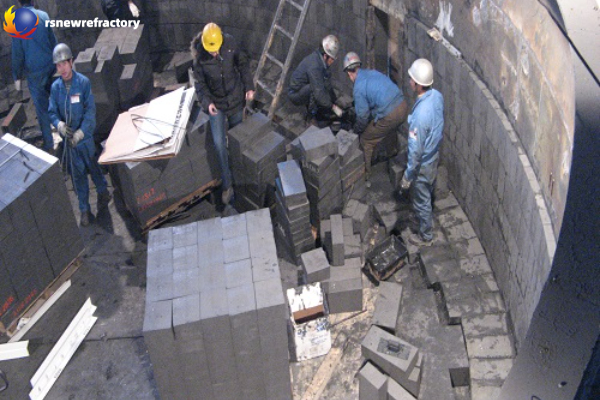Klassifizierung feuerfester Stampfmischungen
Feuerfeste Stampfmassen sind amorphe feuerfeste Materialien, die durch Stampfen hergestellt werden (manuell oder mechanisch) und unter Erhitzen über die normale Temperatur gehärtet. Feuerfestes Rammenmasse besteht aus feuerfestes Aggregat, Pulver, Bindemittel, und im Verhältnis, und wird durch Rammen konstruiert, Es wird also als feuerfestes Rammenmasse bezeichnet. Es wird hergestellt, indem refraktäres Aggregat gemischt wird, Pulver, Bindemittel, oder Beimischung mit einer bestimmten Note, Wasser, oder eine andere Flüssigkeit.

Klassifizierung feuerfester Stampfmischungen
Es gibt viele Arten von Rammenmaterialien. Das Material enthält hohe Aluminiumoxid, Ton, Magnesia, Dolomit, Zirkonium, und Siliziumkohlenstoff-Kohlenstoff-refraktäres Rammenmaterialien.
Refraktäre Rammenmassen sind in Ton -Ramm -Materialien unterteilt, hoher Aluminiumoxidgehalt, Mullite Corundum, Kieselsäure, Magnesia, und Siliziumkarbid entsprechend der Art des refraktären Aggregats;
Rammen von Refraktionen werden in Wasserglas unterteilt, Phosphorsäure und Phosphat, Aluminiumsulfat, Sole, Zement, gebundener Ton, und organische Bindemittel gemäß der Art des Bindemittels.

Feuerfestes Rammenmassenkonstruktion
Das refraktäre Rammmaterial ist vor Ort gemischt und mit einer pneumatischen Pickel oder einer Maschine gerammt, und der Winddruck beträgt mindestens 0,5 MPa. Die Teile mit weniger materieller oder unwichtiger Verwendung können auch von Hand geknotet werden. Deshalb, Die Auskleidung der feuerfesten Ramming -Mischung hat einen geringen Feuchtigkeitsgehalt und dichte Knoten, und seine Leistung ist besser als die feuerfesten gussabliegenden der gleichen Rohstoffe. Die Nachteile von feuerfestem Rammmaterial sind langsame Konstruktionsgeschwindigkeit und hohe Arbeitsintensität. Es hat die Tendenz, durch trockenes Vibrationsmaterial und qualitativ hochwertige feuerfeste Gusselemente ersetzt zu werden.


Anwendung von feuerfestem Ramming
Refraktäres Rammen wird häufig verwendet, vor allem in thermischen Geräten wie Schmelzöfen. In den letzten Jahren, Eine Vielzahl von kohlenstoffhaltigen und Siliziumkarbidfeuerfeuerfestmaterialien wurde entwickelt und verwendet. Das Lebensleben wurde im Vergleich zu traditionellen Eisengrabenmaterialien erheblich verbessert. In der Brücke und anderen Teilen großer heißer Witterungs -Eisenherstellungöfen, Die Verwendung von refraktären Rammenmaterialien, die nicht übereinstimmter Kohlenstoff enthalten, Dies hat auch herausragende Anwendungsergebnisse erzielt. Neue Arten wie Siliziumkarbid und Siliziumnitridfeuerfeuerfeuermaterial wurden auch in Hochöfen verwendet.
 Rongsheng Refractories Factory
Rongsheng Refractories Factory
WeChat
Scannen Sie den QR-Code mit wechat